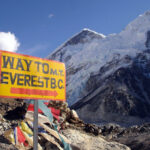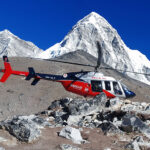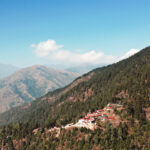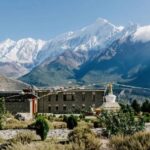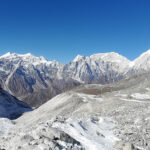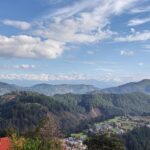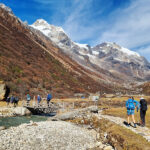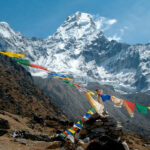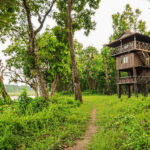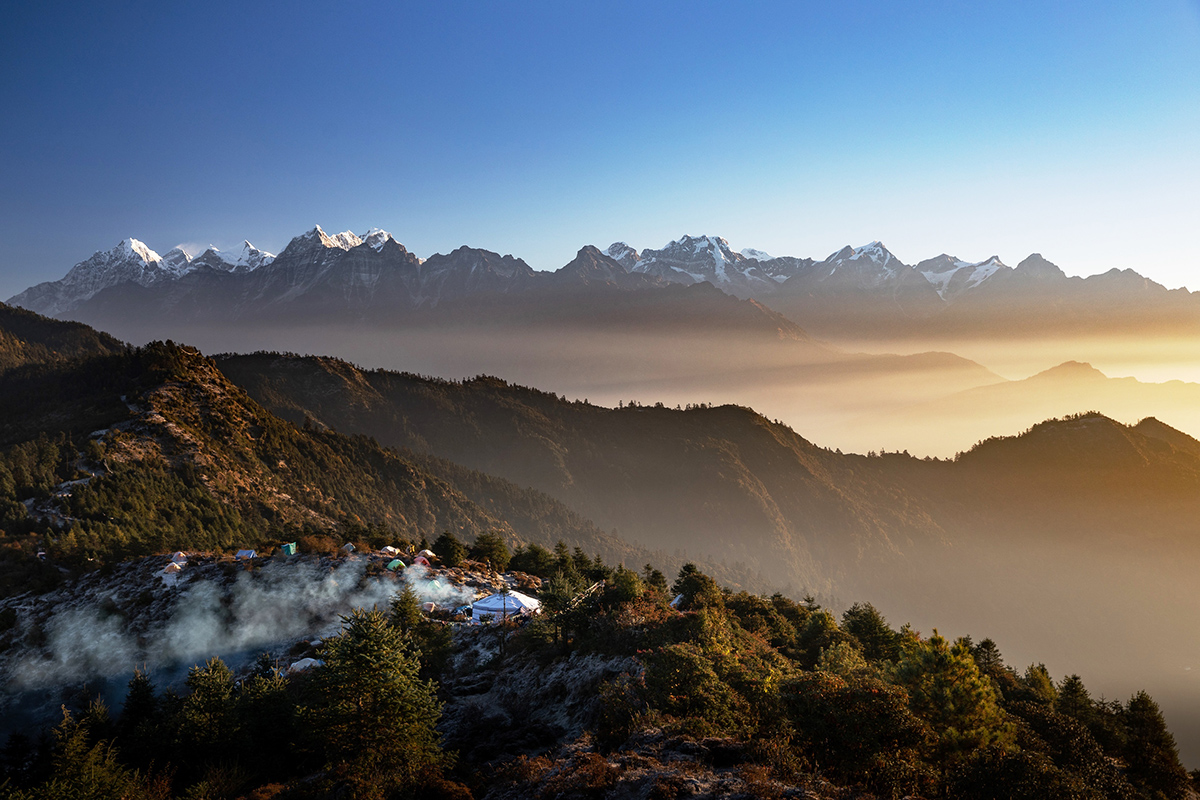
The Happy House in Phaplu
The Happy House, Phaplu: A Himalayan Retreat Rooted in Legacy and Luxury
High in the Solu Khumbu region of Nepal, tucked away in the peaceful village of Phaplu, lies a storied retreat that has captivated mountaineers, royalty, and seekers of serenity alike: The Happy House. This charming and deeply soulful estate is more than just a boutique stay—it is a historical haven, a center for community renewal, and a window into the profound cultural and natural beauty of the Himalayas.
Built from legacy and sustained by love, The Happy House offers guests an exceptional opportunity to experience the magic of Nepal, not through grand hotels or polished resorts, but through warmth, authenticity, and purpose.
From Humble Roots to Historic Retreat
The Happy House’s story begins with Tenzing Tashi and his wife, Diki—two passionate individuals dedicated to preserving the Sherpa culture and uplifting their community. Originally the residence of Sherpa patriarch Tawa Lama, the home was later enhanced by Count Guido Monzino, an Italian explorer who passed through the area during his expedition to Everest in 1973. Yet its most famous guest was none other than Sir Edmund Hillary, the first person to summit Everest alongside Tenzing Norgay.
Hillary, known for his deep affection for the people of Nepal, was enchanted by the home’s simplicity and warmth, famously referring to it as his “happy place.” The nickname stuck, and The Happy House has since become a place of pilgrimage not only for mountaineers retracing the steps of great climbers but also for travelers seeking meaning beyond the usual tourist path.
The Charm of Traditional Sherpa Architecture
The house itself is a beautifully restored example of traditional Sherpa architecture. Whitewashed stone walls, deep wooden windows, carved balconies, and gently sloping slate roofs blend into the mountain surroundings with grace. Inside, guests will find a collection of ten individually decorated bedrooms, each featuring hand-painted Thangka murals, antique furnishings, and local fabrics that provide both comfort and cultural depth.
The public areas of the house are equally atmospheric: a library filled with mountaineering history, a candle-lit dining room, an inviting lounge warmed by a roaring fire, and a spa room for massage and wellness treatments. While The Happy House doesn’t position itself as a luxury resort in the conventional sense, its authenticity, serenity, and attention to detail offer something far more enriching than mere indulgence.
A Place of Wellness and Wonder
Beyond the physical comforts, The Happy House provides immersive wellness and spiritual experiences. Yoga and meditation sessions are often held in the open air, surrounded by pine forests and panoramic views of the Himalayas. Guests can also partake in sound healing ceremonies with Tibetan singing bowls or join Buddhist prayer rituals at nearby monasteries.
What makes The Happy House particularly unique is its atmosphere of peaceful purpose—rooted in Sherpa Buddhist values, it invites visitors to slow down, reflect, and connect. The staff, many of whom are from the local area, are not merely employees but stewards of the home’s vision and values. Their warmth and hospitality are integral to the experience.
Cuisine Rooted in the Land
Food at The Happy House is a celebration of local and seasonal ingredients. Meals are home-cooked and shared family-style, often featuring garden-fresh vegetables, traditional Sherpa dishes like thukpa (noodle soup) and momos (dumplings), as well as Western comfort food for travelers. Meals are served on copper plates, adding a tactile elegance to the communal dining experience.
Wine by candlelight, hearty breakfasts before a hike, or ginger tea on the terrace with mountain views—these moments define the understated luxury that The Happy House offers.
Gateway to Adventure
While The Happy House is ideal for peaceful retreats, it is also a base for rich exploration. The Solu Khumbu region offers gentle treks and cultural excursions that appeal to travelers who may not be seeking the strenuous routes of Everest Base Camp, yet still crave immersion in the Himalayan environment.
Guests can hike to nearby monasteries such as Chiwong Gompa, perched dramatically on a cliffside, or visit local villages that remain largely untouched by mass tourism. Mountain biking, horseback riding, and even helicopter tours over Everest can be arranged. For travelers arriving by air, the Phaplu airstrip—originally built with the help of Sir Edmund Hillary—is just a short walk from the property.
Sustainable and Socially Driven
Unlike many luxury properties that isolate themselves from their surroundings, The Happy House is deeply embedded in the fabric of its community. A portion of its revenue goes directly toward local development initiatives, including healthcare, education, and sustainable agriculture projects. The house supports medical insurance programs for families in need, and Tenzing and Diki have long worked with NGOs to build infrastructure in Solu.
In many ways, the revival of The Happy House has also helped revive Phaplu itself, drawing thoughtful tourism to a region often overshadowed by the more famous Everest trekking circuits.
A Hidden Gem with Star Appeal
Despite its remote location, The Happy House has quietly drawn an eclectic mix of high-profile visitors—from British royalty to international artists and global entrepreneurs. But celebrity presence is never the focus; rather, it’s a place where anyone, regardless of background, can feel at home.
Travel writer Katherine Parker-Magyar of Forbes described it as a “hidden gem… combining cultural integrity with curated elegance.” And as Australian Financial Review noted, this humble house has helped revive a village and draw attention to Nepal’s deeper, quieter charms.
Getting There and Staying
Accessing The Happy House is simpler than expected. A 35-minute flight from Kathmandu lands you in Phaplu, from where it’s a short walk to the property. The best times to visit are during the dry seasons: March to May and September to November.
Booking is typically managed through curated travel partners like Beyul Experiences, Mahout UK, and specialist adventure and wellness tour operators. With only ten rooms and highly personalized service, the house is best enjoyed through tailored itineraries that allow space for both rest and exploration.
Conclusion
In a world of over-tourism and commercialized travel, The Happy House in Phaplu stands as a sanctuary of sincerity. It’s a place where history whispers through wooden beams, where Himalayan sunsets glow with silent splendor, and where travel reconnects us to people, purpose, and the planet.
Whether you’re retracing the path of legends like Sir Edmund Hillary, seeking spiritual renewal, or simply longing to unplug in one of the world’s most beautiful places, The Happy House offers a rare kind of happiness—one rooted in legacy, simplicity, and heart.

